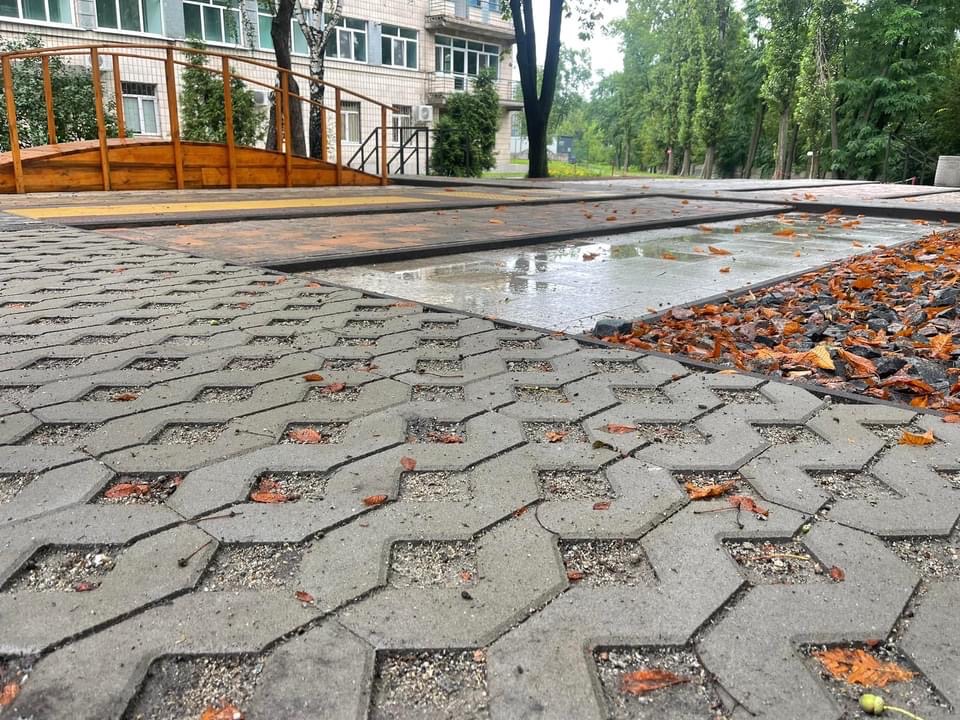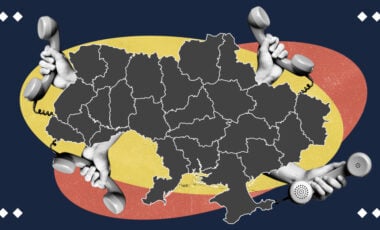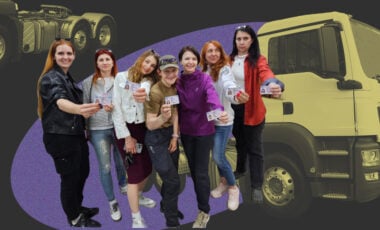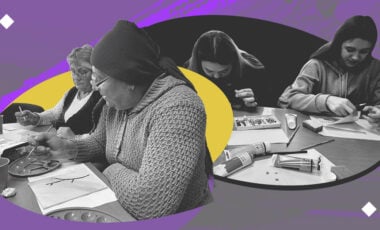Solutions from Ukraine: Kyiv hospital introduces special rehabilitation program for leg injury and amputation patients

A particular rehabilitation area for people with leg injuries and amputations has appeared in one of the Kyiv hospitals.
Rubryka reports this.
What is the problem?
During the full-scale war, thousands of wounded Ukrainians, victims of hostilities, were evacuated to Ukrainian hospitals. These are mainly people with severe shrapnel injuries and those who have lost their limbs due to mine-explosive injuries.
Rehabilitation of people with leg injuries and amputations is a complex and long-term process. Both psychologically and physiologically. Modern methods help our defenders and wounded civilians to recover.
What is the solution?

Rehabilitation area with different types of covering
In the capital, at the Kyiv City Clinical Hospital No. 4, the "Kyivzelenbud" ["Kyivzelenbud" brings together 10 district communal companies to take care of Kyiv's green areas – ed.] association helped doctors implement the project of a training ground for people with leg injuries and amputations. The site is located at 17, Solomianska Street — in the square near the hospital building. Many military personnel and people who became victims of Russian aggression are treated and rehabilitated in this institution.
How does it work?

Textured tiles on the training ground
As Oleksii Korol, general director of the "Kyivzelenbud" cooperative, said, the idea of creating a rehabilitation site was proposed by the head doctor of Kyiv City Clinical Hospital No. 4, Tetiana Mostepan. The site in the rehabilitation center of Vienna, Austria, was taken as a basis.
"There are similar facilities in other European countries. However, they are aimed at civilians. Today, we live in war conditions, where many people (military, first of all) have lost their limbs and use prostheses. Having training platforms for walking near hospitals, rehab centers, and tranquil locations is incredibly important," says Oleksii Korol.

Now a person can relearn how to walk on different surfaces with prosthetics, all in one place.
The area of the site is 192 square meters. The point is that most types of coverings found in the city are combined on one site: different forms of physical elements of the terrain, grid, and traffic patterns. There is also a small wooden bridge and areas with stones and curbs. In fact, on this site, people with leg injuries, who have undergone amputation and are just getting used to prosthetics, will learn to walk again and experience different types of paths in parks, squares, courtyards, sidewalks, etc. And all this will happen under the control of doctors, which is very important.
The project patron was "Zolotyy Mandaryn" LLC, producing concrete products. The company not only helped choose the types of coating but also provided materials for the project implementation.

Pebbles for training people who are learning to walk with prostheses
"We do not have information about similar sites in Ukraine," says Oleksii Korol. "The project is a pilot project not only for Kyiv but also for the whole of Ukraine. Currently, our soldiers and those citizens who have had their limbs amputated are undergoing prosthetics and will be able to test this site".
Even more useful solutions!
But, as Kyivzelenbud notes, such a site is only the first stage.
To be fully complex and rehabilitative, the utility company's employees also plan to plant plants near it to help with psychological recovery. These plants should be of various non-bright colors, so they can attract convalescing fighters to plant and tend to them. Kyivzelenbud plans to create several such rehabilitation parks with plants in Kyiv. So far, locations in Pryberezhny and Sribny Kil parks have been discussed.
For reference:
During the 17 months of full–scale war, roughly 50,000 Ukrainians reportedly lost either their arms or legs, according to the American publication The Wall Street Journal, which sourced this assessment from Ottobock – the world's largest maker of prostheses – and its medical partners. The article further adds that the numbers may be even higher due to the fact that prosthetics take time, and victims are often forced to wait for weeks or even months following an injury before an amputation can be performed.


















































